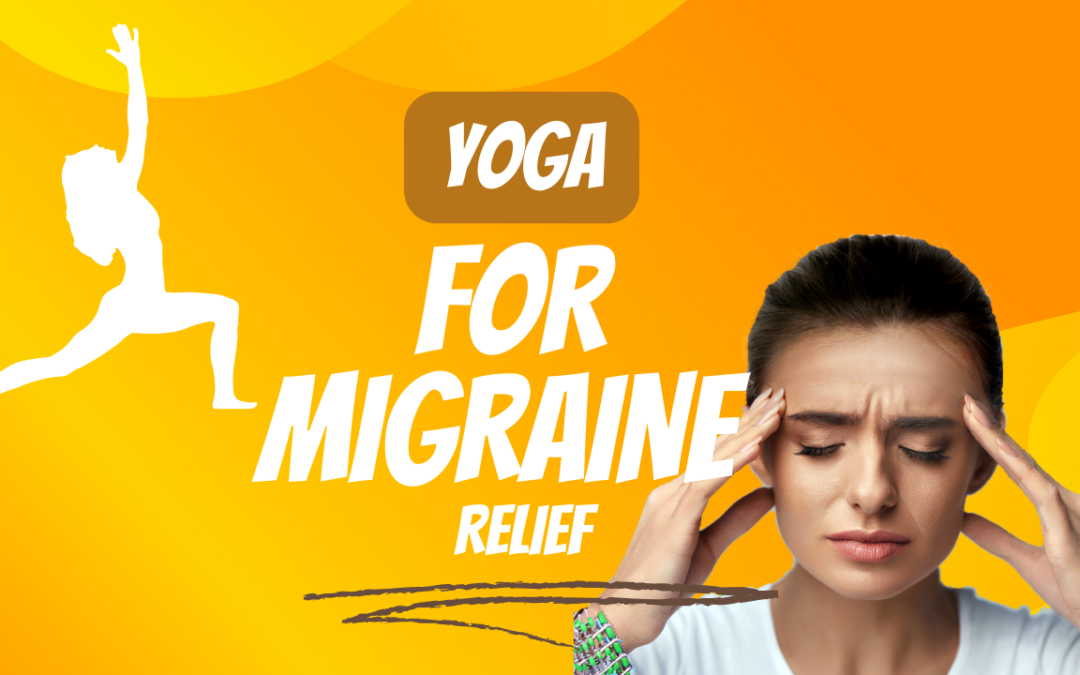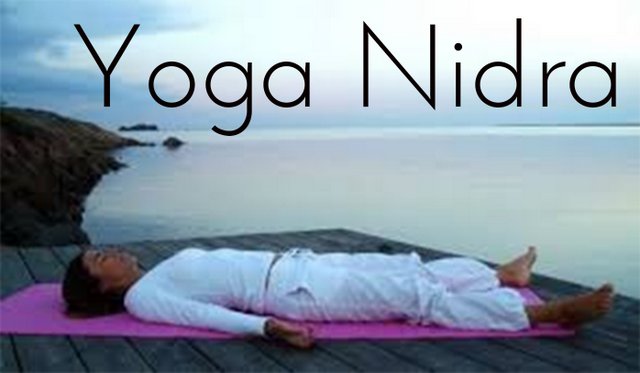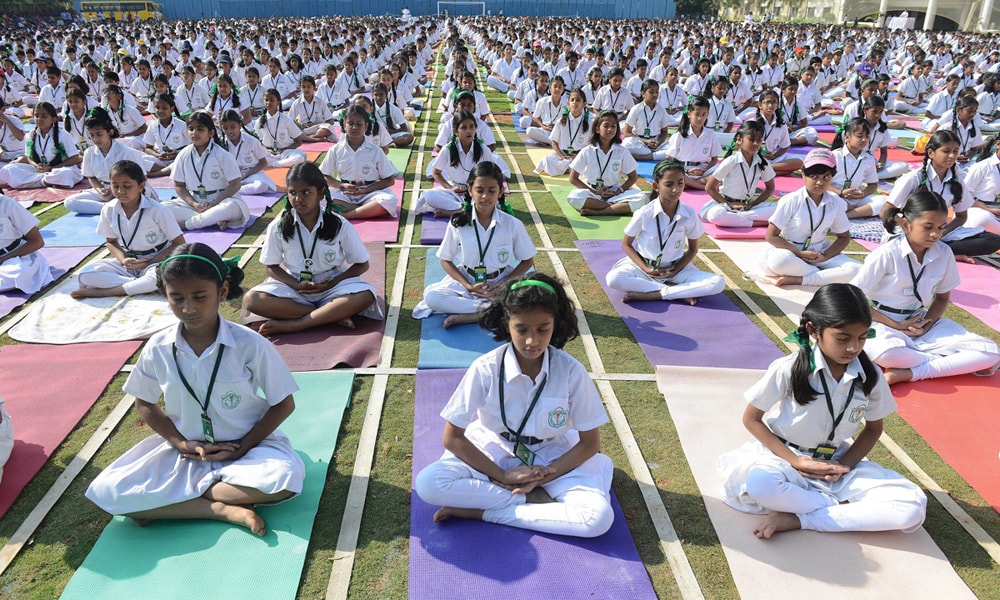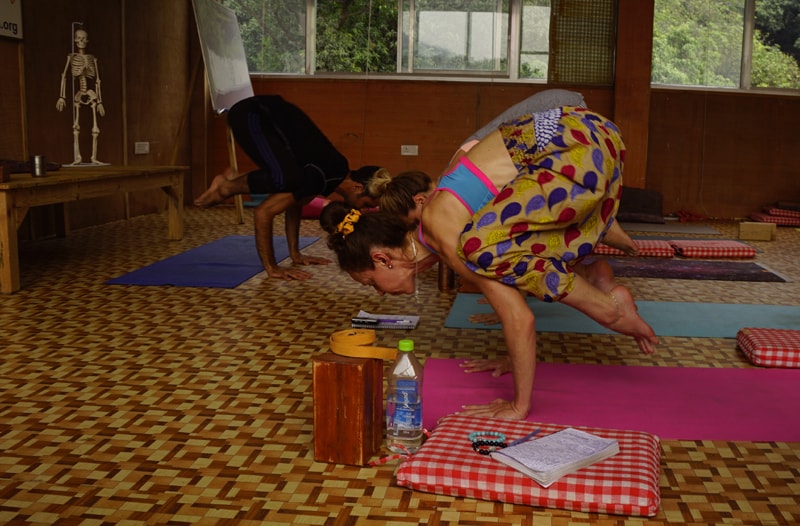
by admin | Jun 30, 2025 | hatha yoga, yoga teacher training course
Do you feel like it is time to take a trip which might alter the path of your life? Set on the edges of the powerful Himalayas, Rishikesh is not only the Yoga Capital of the World, but also a pilgrimage of seekers, dreamers and those who wish to change. When that ever...

by admin | Sep 17, 2023 | Blog, hatha yoga, yoga teacher training course, Yoga Tips
Migraines can be incredibly debilitating, causing intense headaches, nausea, and sensory sensitivity. While medication is often a go-to solution, many people seek alternative methods to alleviate their migraine symptoms. Yoga, with its holistic approach to health and...

by admin | May 19, 2019 | Blog, hatha yoga, Meditation, yoga teacher training course
Learn Yoga Nidra in 10 Simple Steps | Yoga for Relaxation Yoga Nidra has come from the tantric texts of Yoga. And is a way to learn conscious relaxation via specific cognitive and somatic control. It is a quiet and internal form of yogic practice where the...

by admin | Feb 2, 2019 | hatha yoga, Meditation, yoga teacher training course
Parenting in today’s world is full of challenges. It’s not uncommon for parents to feel overwhelmed by their busy schedules and seemingly endless responsibilities. But, it is uncommon for us to think about how the demands of parenthood may also be overwhelming for our...

by admin | Dec 11, 2018 | hatha yoga
Hatha Yoga is a preparatory process of yoga. Hatha is combination of two words ‘Ha’ means ‘sun’ and ‘Tha’ means . Hatha yoga is about balancing the sun energy and the moon energy in you. You can explore Hatha yoga in ways that take you beyond certain limitations, but...






